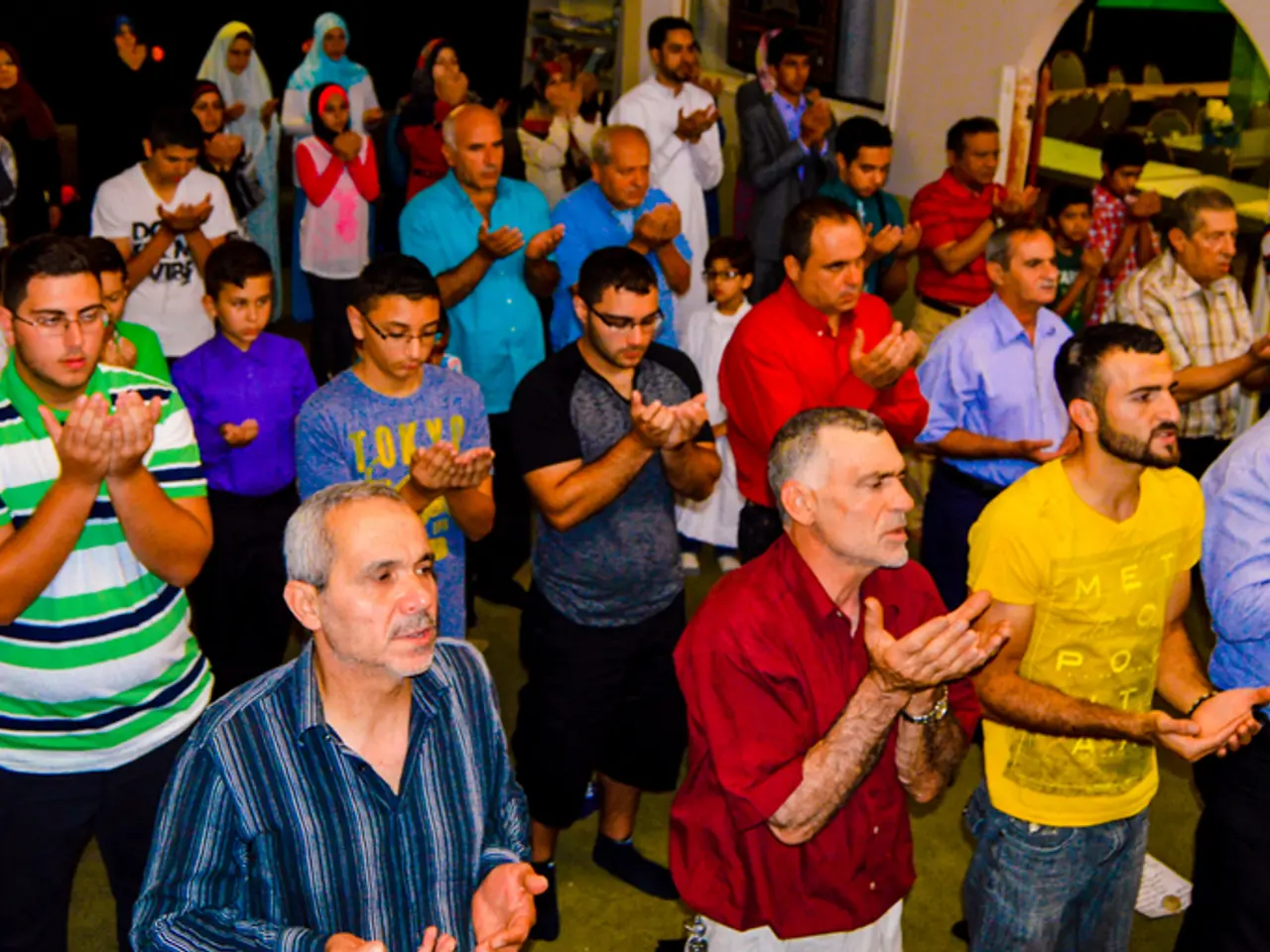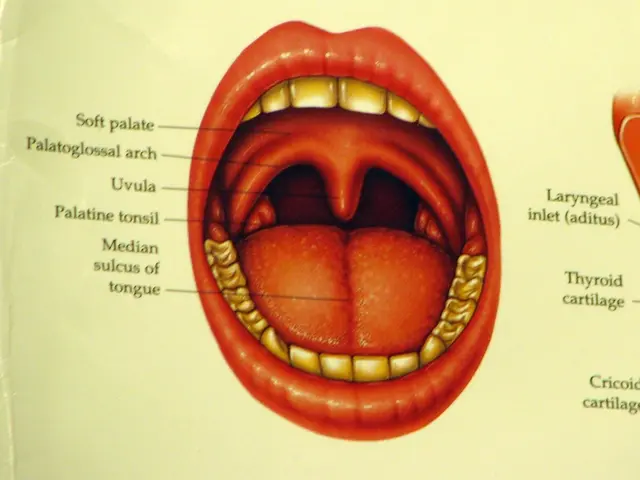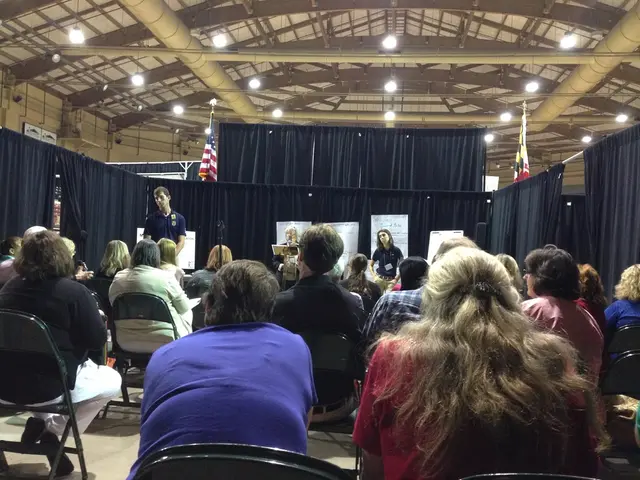Diverse Brain Functions: Struggles with Religious Practices Due to Neurodivergence
In a world where spirituality and tradition often intertwine, finding a path that resonates with one's unique experiences can be a challenge, especially for neurodivergent individuals. One such individual, who prefers to remain anonymous, shares their journey of discovering a spiritual practice that aligns with their needs within the Baha'i faith.
The writer's life was transformed upon reading the words of Baha'u'llah and Abdu'l-Baha, finding a sense of peace that had been elusive before. This newfound tranquility led the writer to make a significant decision - to dedicate their life to serving humanity as a form of prayer.
In the Baha'i Cause, the arts, sciences, and all crafts are considered as worship, offering a broad spectrum of spiritual practices. For the writer, this philosophy was a beacon of hope, as it allowed them to find solace in the patterns of carpets during prayers, a sensory experience that resonated with them deeply.
The writer's childhood was marked by struggles. Diagnosed with ADHD and being on the autism spectrum, following prayers' instructions at family gatherings and children's classes was challenging. However, the writer found comfort in Baha'i writings, which stated that prayer does not always have to be with words, but can also be in thought and intention. This realization was a turning point, enabling the writer to pray effectively as a Baha'i.
As the writer grew older, their restlessness turned into anxiety, making it difficult to concentrate during daily prayers. However, they learned that they could focus on thought and intention, even if they couldn't sit and pray for long periods. This understanding brought a sense of relief and allowed the writer to maintain their spiritual practice.
For neurodivergent individuals who struggle with prayer, performing selfless acts with a spirit of service to humanity can be a powerful prayer. By embracing this philosophy, the writer found a way to engage in prayer that was tailored to their unique experiences and needs, fostering a deeper spiritual connection.
In their quest for a more inclusive spiritual practice, the writer discovered several approaches that could help neurodivergent individuals fulfill their spiritual obligations. These include incorporating movement and sensory experiences, utilising technology and digital platforms, adapting traditional practices, and creating accessible worship spaces.
By breaking free from rigid mindsets about fulfilling daily spiritual obligations, neurodivergent individuals can find ways to engage in prayer that align with their unique experiences and needs. The writer encourages others to explore these alternatives and find a spiritual practice that brings them peace and a deeper connection with their faith.
Abdu'l-Baha, in a London talk in 1912, confirmed that prayer can take the form of action. This affirmation serves as a reminder that spiritual practices can be adapted to suit individual needs, fostering a more inclusive and accessible spiritual landscape for all.
The writer wishes they could tell their teenage self that God loves them no matter how or how much they pray. This message of acceptance and understanding is a testament to the writer's journey, a journey that encourages us all to embrace our unique paths and find peace within our spiritual practices.
- Embracing the philosophy within the Baha'i faith, where science, arts, and crafts are considered as acts of worship, the writer found a unique spiritual connection through focusing on the patterns of carpets during prayers, a sensory experience that resonated with their neurological conditions.
- Struggling with ADHD and being on the autism spectrum, the writer found comfort in Baha'i writings, which acknowledged that prayer can be in thought and intention, rather than just spoken words, thus accommodating mental health and neurological disorders.
- In their quest for an inclusive spiritual practice, the writer discovered various approaches to accommodate neurodivergent individuals in prayer, including incorporating movement, using technology, adapting traditional practices, and creating accessible worship spaces, fostering a spiritual landscape that caters to individual needs and experiences.




